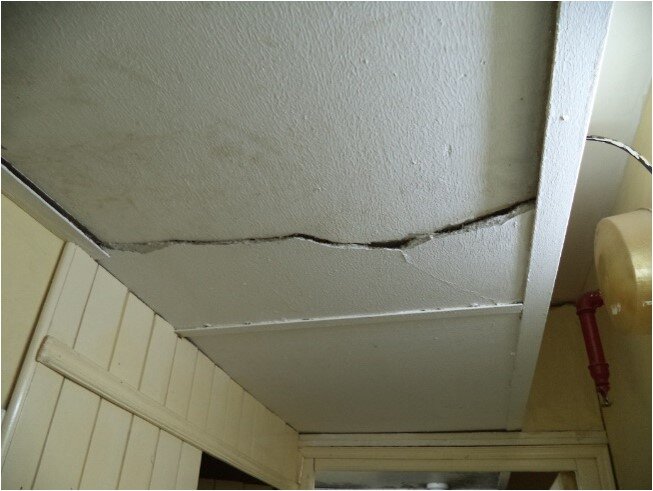Could There be Asbestos in Your Home/Workplace?
Asbestos has been known to have been used in over 3200 different types of building material. Produced in Asbestos manufacturing factories they are collectively known as Asbestos Containing Materials (ACMs). Found all over the world these ACMs make their way into the buildings we visit, work in or even live in.
If Asbestos is damaged or disturbed, then the tiny microscopic Asbestos fibres can be released into the air and can be breathed in. Once inhaled they can cause respiratory diseases and cancers of the lung. The more you are exposed to the greater the chance you have of developing an Asbestos related disease.
In the UAE it is widely accepted, although somewhat debated (due to certain exemptions), that ACMs were banned in November 2006. This means any building built before November 2006 (of which there are many) could potentially contain Asbestos. The most common types of Asbestos materials in the Middle East are:
· Asbestos cement roof sheeting;
· Asbestos cement pipes / Asbestos pipes;
· Asbestos ceiling tiles;
· Sprayed Asbestos insulation;
· Textile Asbestos insulation;
· Asbestos gaskets; and
· Asbestos vinyl floor tiles and adhesive.
Many types of different ACM exist and with a range of 3200 products to choose from, it’s possible they could be found within your building. Asbestos has unmatched heat/chemical resistance and acoustic attenuation properties. It is most likely therefore, that you will find Asbestos materials anywhere where fire protection is needed, chemically resistant products are required and anywhere where you need sound deafening (a loud area next to quiet area). Asbestos is usually found where there are plant rooms, fire escape routes, building services and rooftop areas (where further plant and equipment is often located). These are the usual locations where Asbestos is found, however there remains the possibility that Asbestos could be present at any location within a building – dependent on the construction materials that were used at the build time. Even certain household items could contain Asbestos, such as fire proof safes/filing cabinets, fire blankets used in the kitchen and even thermos flasks (see ‘UAE launches crackdown on asbestos thermal flasks’ The National 2019 article). So how can you tell if there is Asbestos in your building?
How to Test for Asbestos - Asbestos Survey
The first step to managing Asbestos risk, is to identify where it is in your property through the means of an Asbestos survey. Engage the services of a professional Asbestos Supervising Consultant (ASC) to undertake an Asbestos survey of your building/facility and provide specialist Asbestos services. A management Asbestos survey may suffice (Type 2 Asbestos survey), however if there is to be a major renovation/refurbishment or demolition, it will be necessary for a pre-demolition (Type 3 Asbestos survey) inspection to be conducted. The ASC should conduct a thorough and detailed assessment of all areas, rooms and voids within your building, from top to bottom. The inspection will be carried using a flashlight and bulk samples will be collected, to be analysed (Asbestos testing) by an accredited laboratory. The consultant should produce a bespoke Asbestos survey report that will identify the location, quantity and condition of the Asbestos in your facility. The report should make Asbestos material specific recommendations on whether Asbestos needs to be removed, repaired or left in place and simply managed. The ASC will be able to advise on Asbestos removal companies that are certified and provide specific information on Asbestos management services.
Identifying Asbestos is the first stage of Asbestos management. Future posts will provide information on the management and Asbestos abatement process.
Asbestos seal found as a surround to a filing cabinet
If you have any Asbestos related concerns, contact us to see how Anthesis Consulting Middle East can help you:
Charles Faulkner (Head of Environment, Health and Safety and Asbestos Team Leader)
Phone: +971 (0) 50 5541 320
Email: asbestos@anthesisgroup.com


